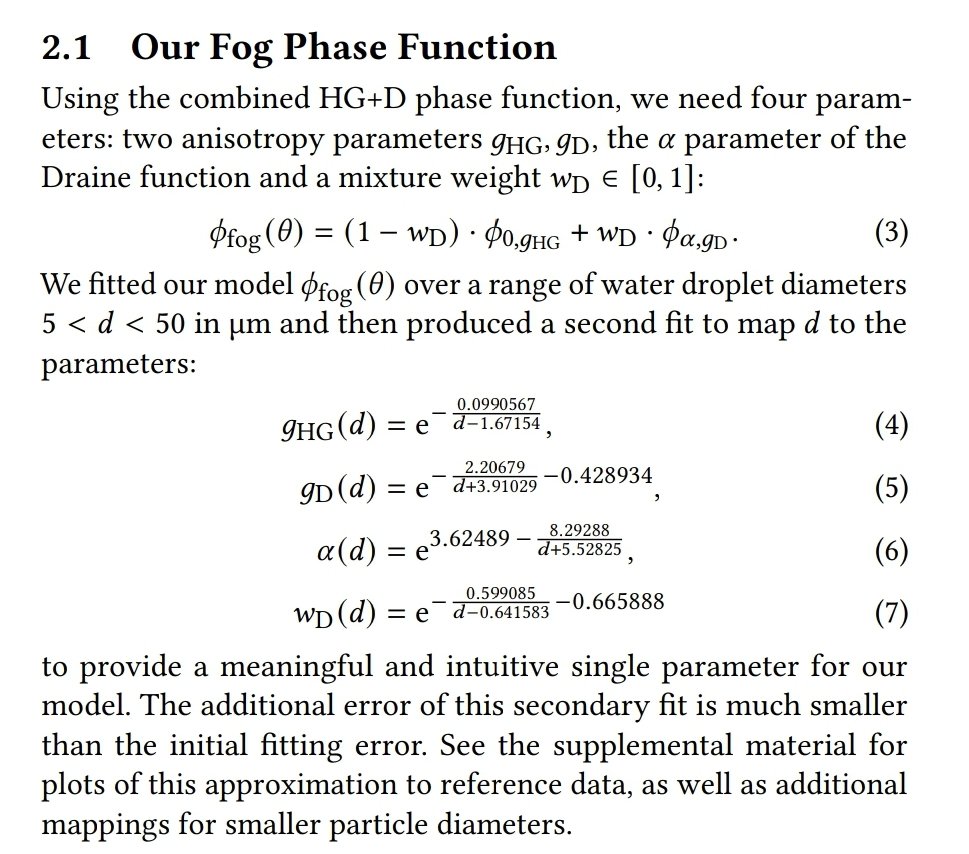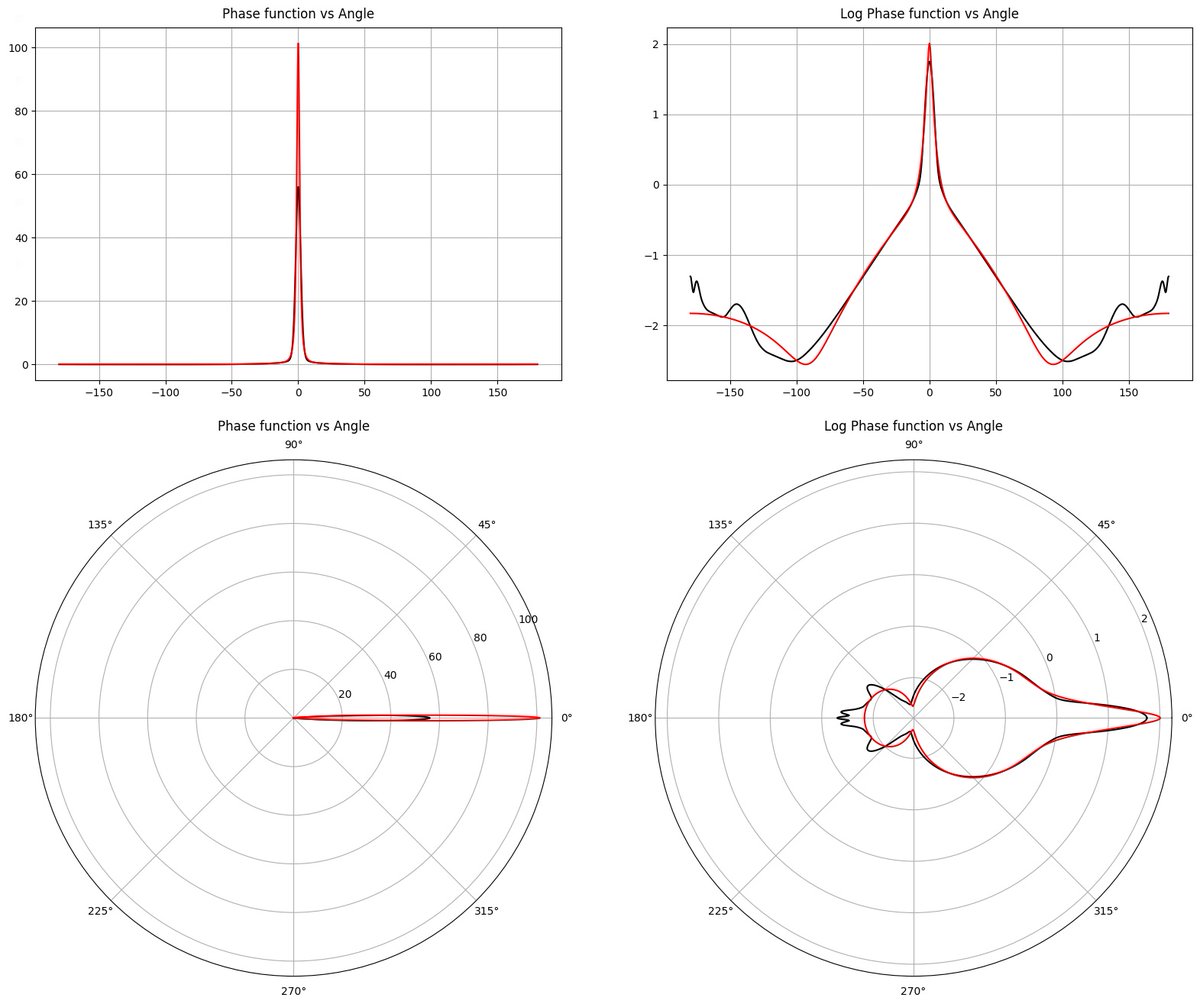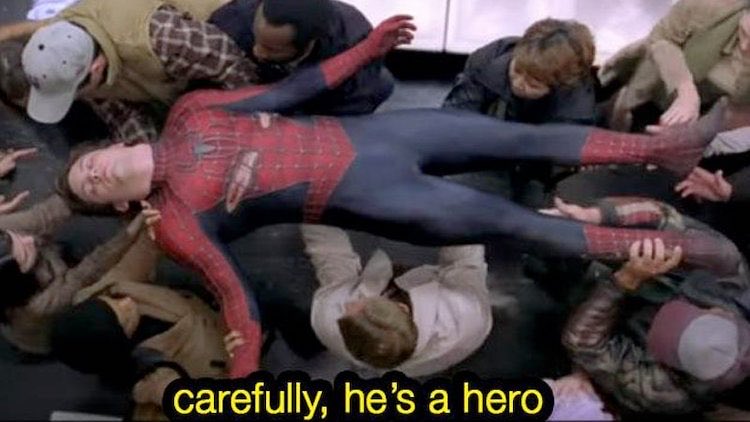
Did a quick comparison of new cool Approximate Mie Scattering from Eugene d'Eon and research.nvidia.com/labs/rtr/appro… with tabulated Mie. For me, the most important part is that I can control the anisotropy and overall look, as opposed to a tabular approach
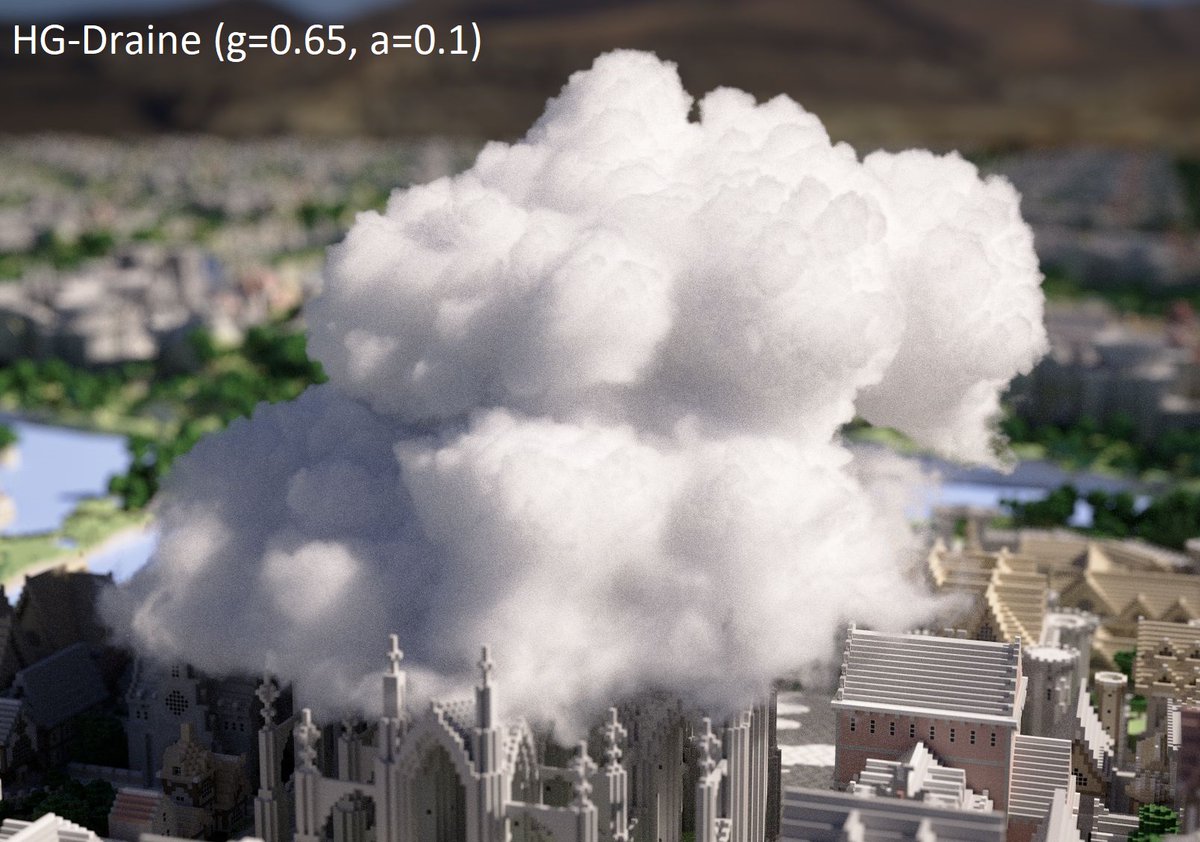
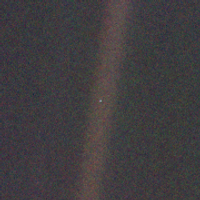


Eugene d'Eon Very cool work, the results look definitely sharper! I've just added your model to my reference plot of phase functions.
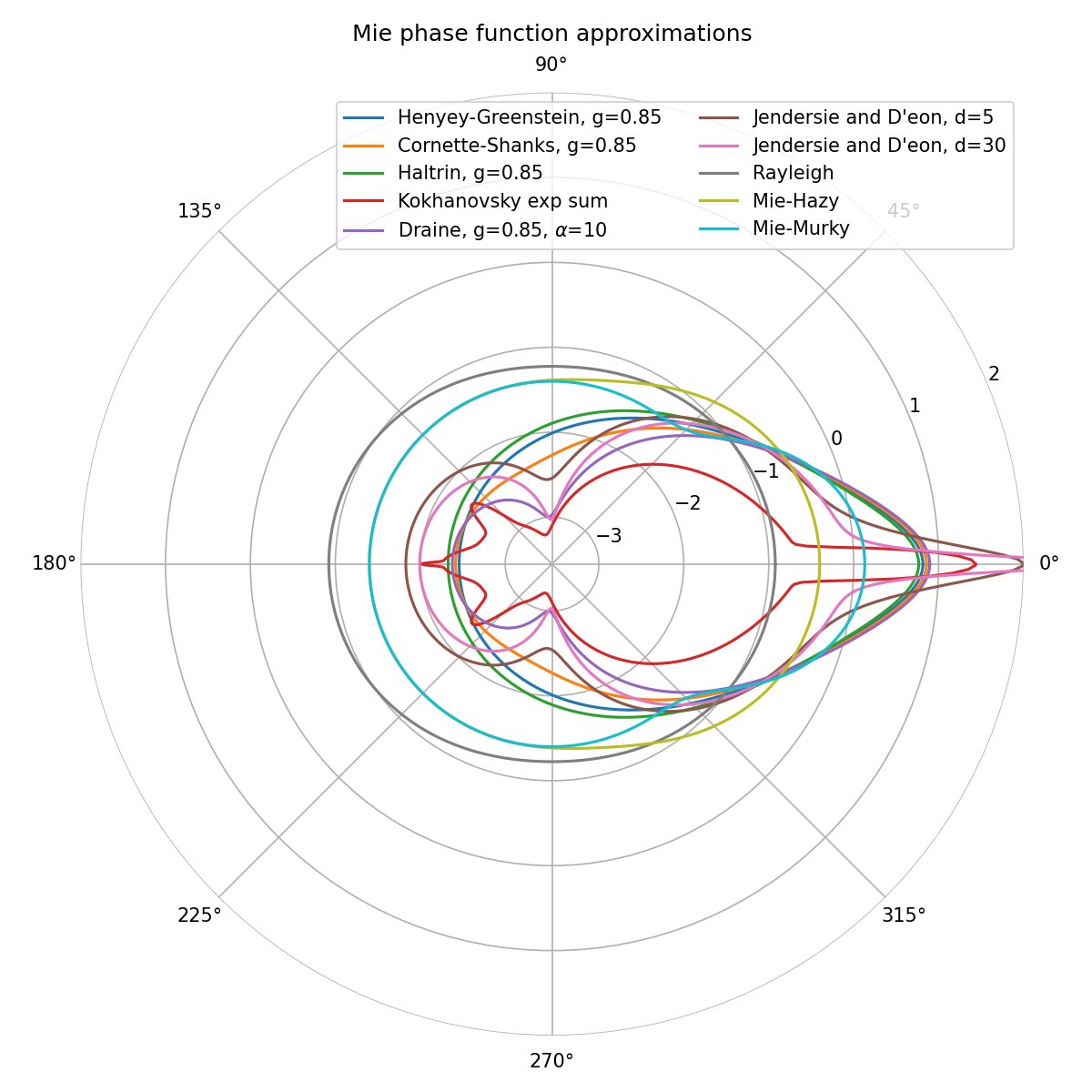

Eugene d'Eon She's made of interstellar dust and puffy like a cloud .. so I wanted to try and render her with your new Draine+HG phase fnc ;) g=0.5, a=0.5
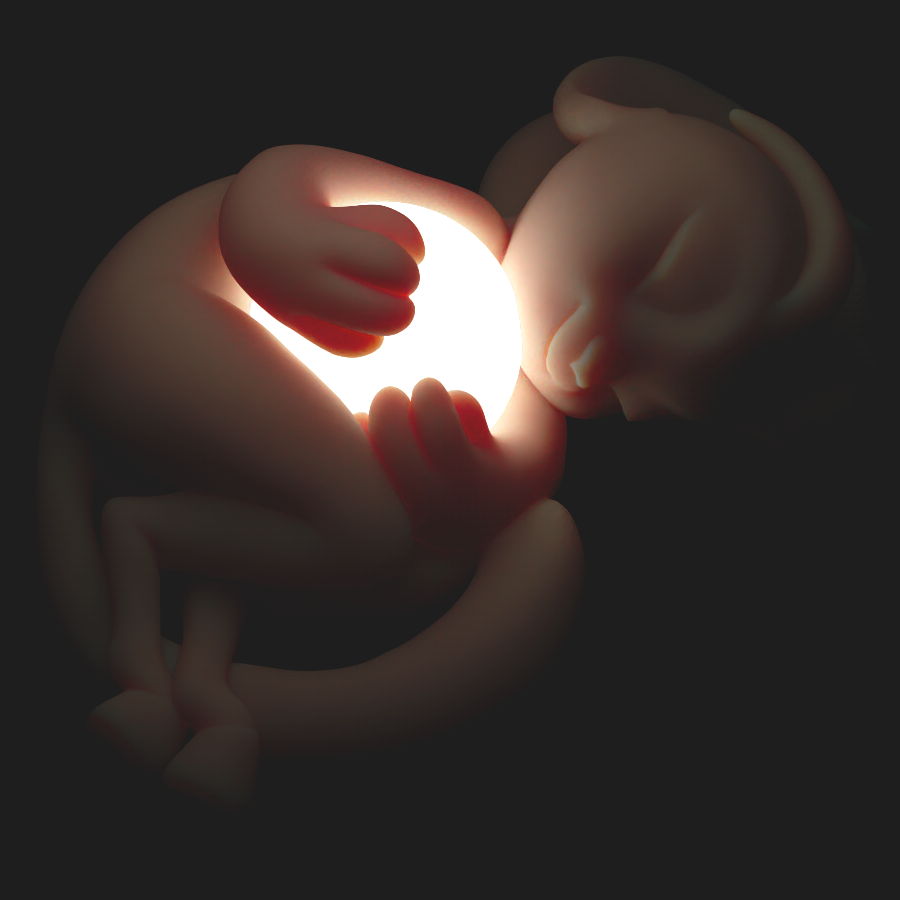
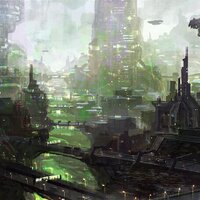
Big day today for Maxon + Redshift now that 3.6 has been released! Happy to help put this together with the rest of the team. 🔥 Shoutout to Eugene d'Eon for the nice new looking phase function in this release. ☁️

Tizian Zeltner voxel raytracer Eugene d'Eon Btw, it can be turned into a 'feature' ;) .. ie. here I'm kinda inverting the IOR interfaces while random walking back toward the surface, pretending there's been a boundary between the isotropic opaque core and the transp aniso stuff. Great for some resins, crusts etc.
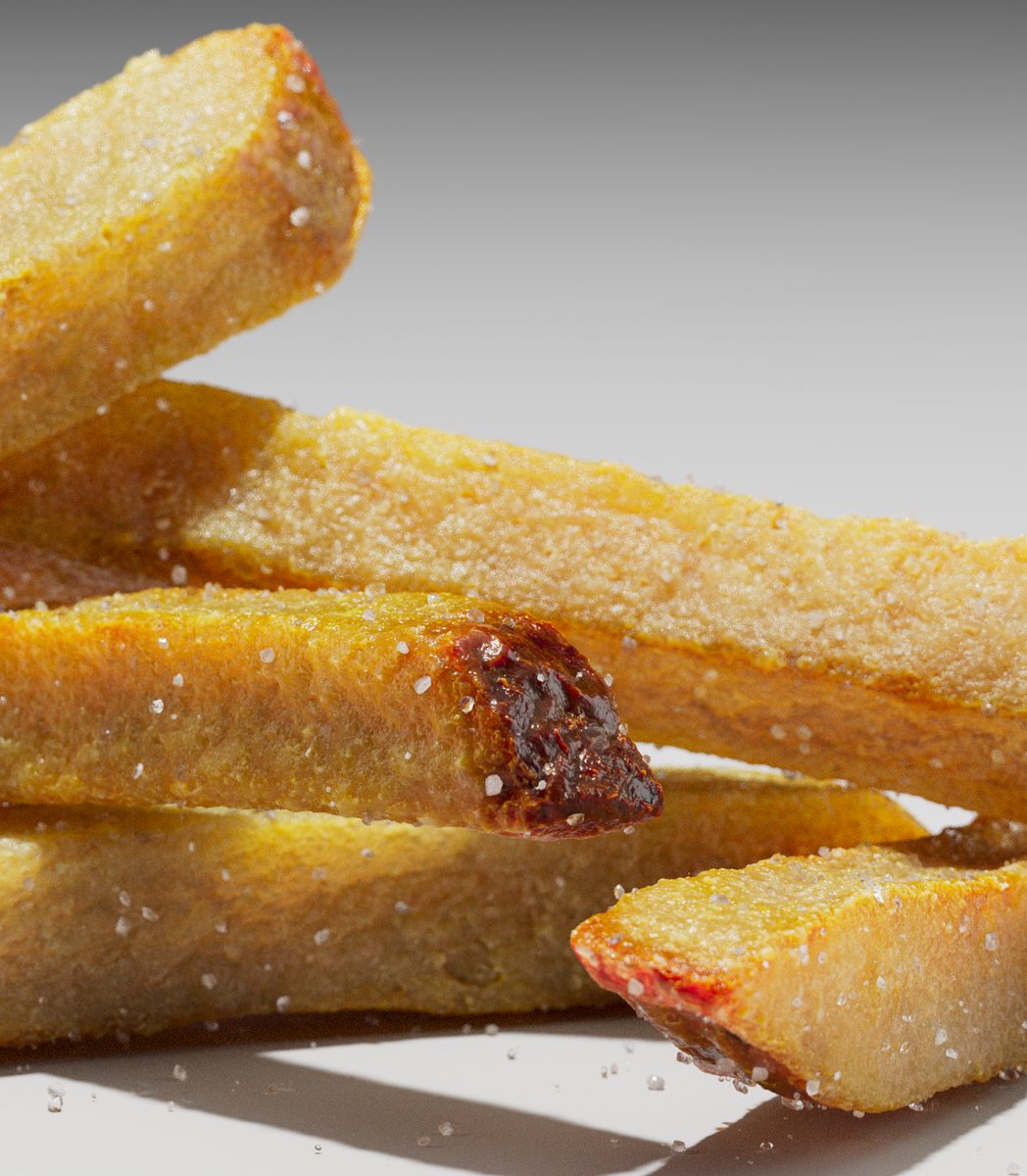

Eugene d'Eon One questions about the paper, if you don't mind:
When I look up Draine's original paper (iopscience.iop.org/article/10.108…) they explicitly force α <= 1 to get the moments to match their reference, but in your paper the values are all much bigger than 1. How do I interpret this?


John Oliver disrupts the foreign election so much that the result is delayed by two days.🤘🦜 #LordOfTheWings #VotePūteketeke

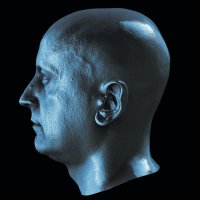

Path-traced realtime SSS & hair, with AI driven audio2face, on 1 GPU, in NVIDIA Omniverse
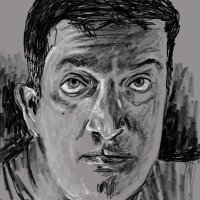
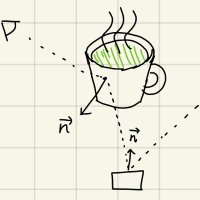

Jacopo Bertolotti Eugene d'Eon I guess so (although I also don't work on computer graphics myself as well ;)
I know at least this article on physically-based rendering of rainbows : dl.acm.org/doi/abs/10.114…


